Sculpting Time
May 21 – July 26, 2009
Curated by Peg Koetsch, Curator of Exhibitions
VisArts at Rockville, MD
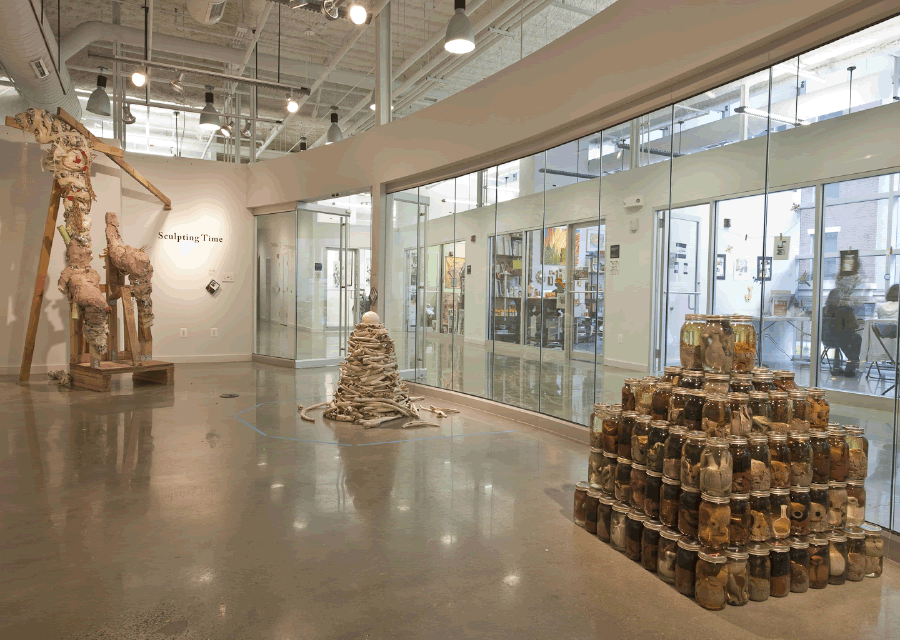

J.J. McCracken, a Washington, D.C., area
artist, explored the living qualities of clay by “preserving” sliced,
thrown vases, cups and saucers in oil. Dates on the lids documented when
the artifacts were “canned”. The jars were stacked to emulate a
supermarket display, emphasizing mass production and promotion of
one-of-a-kind pieces. McCracken’s artworks challenged issues of
functional vs. sculptural, and perishable vs. permanent.
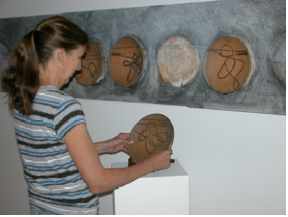
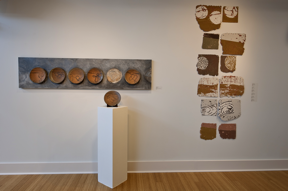
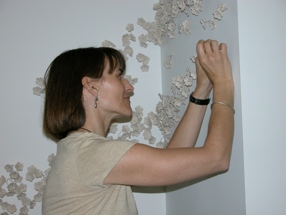
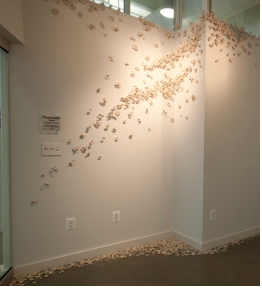
The ephemeral nature of cherry blossoms inspired Laurel Lukaszewski to create one thousand stoneware blossoms, at the height of their bloom. Adapting the work of art to one gallery’s corners, Lukaszewski evoked a forest without depicting tree branches. Suspended blossoms from the wall, trembled at the slightest breeze. Scattered blossoms on the floor added a transitory dimension to the transitory .